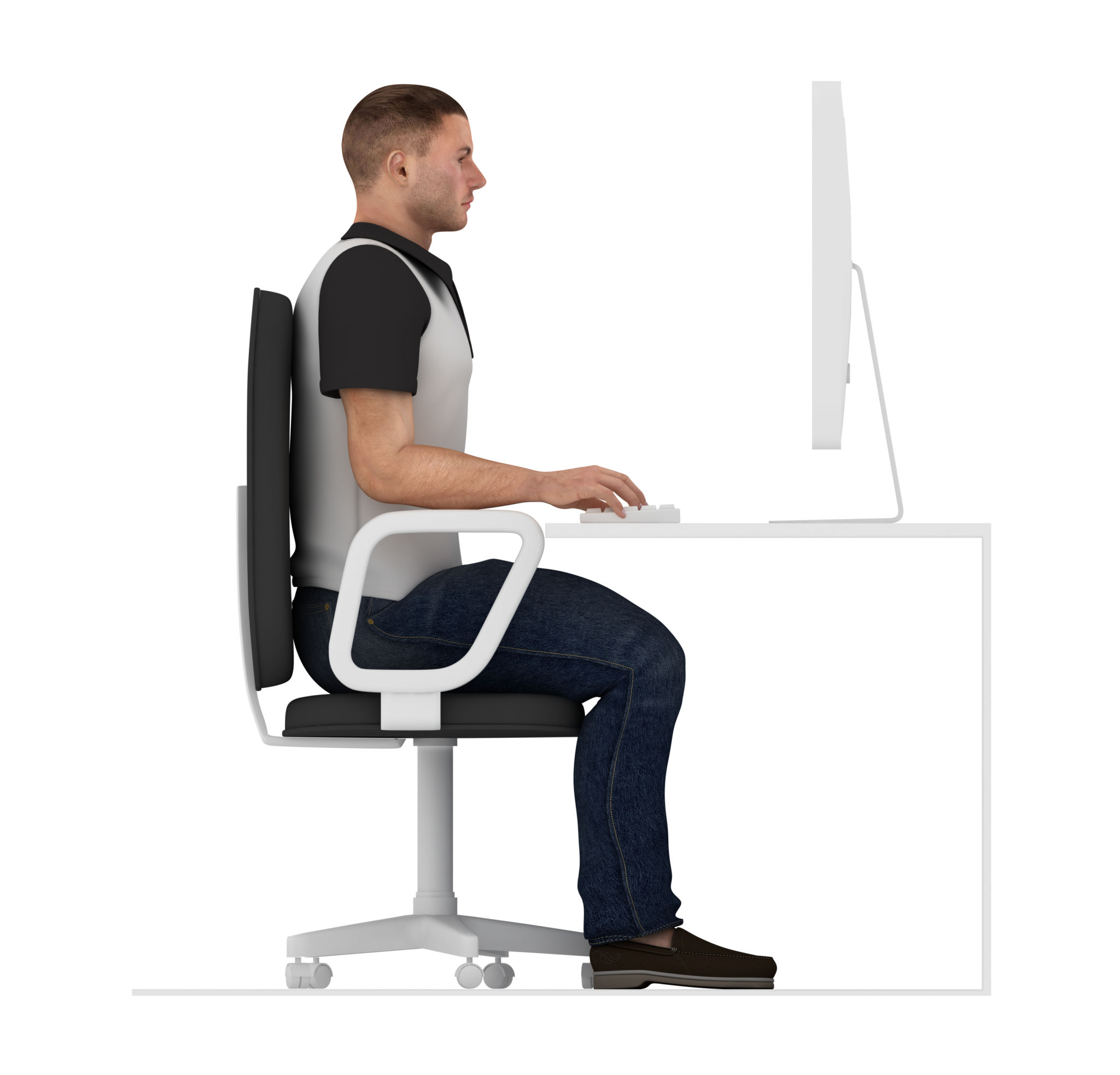The Role of Ergonomics in Injury Prevention: A NJ Perspective
Understanding Ergonomics and Its Importance
Ergonomics is a crucial aspect of workplace design and productivity, focusing on creating environments that fit the user's needs. By tailoring workspaces to human physiology, ergonomics aims to enhance comfort and efficiency while minimizing the risk of injuries. In New Jersey, where diverse industries contribute to the state's economic landscape, the role of ergonomics becomes even more significant in maintaining a healthy workforce.
Ergonomics is not just about fancy chairs and adjustable desks; it's about understanding how our bodies interact with our work environments. This understanding can lead to significant reductions in workplace injuries, which are often caused by repetitive strain or poor posture. By implementing ergonomic solutions, businesses can improve employee well-being and boost overall productivity.

Common Ergonomic Injuries
Injuries resulting from poor ergonomic practices are more common than many realize. These injuries can range from minor discomfort to severe musculoskeletal disorders. Some of the most prevalent ergonomic-related injuries include:
- Carpal Tunnel Syndrome: Often caused by repetitive hand movements, this condition affects the wrist and can lead to pain and numbness.
- Back and Neck Pain: Poor posture and inadequate seating can lead to chronic back and neck issues.
- Tendonitis: This inflammation of tendons is frequently seen in workers who perform repetitive tasks.
These conditions can significantly impact an individual's ability to perform their job effectively, highlighting the need for ergonomic intervention.
Ergonomics in New Jersey Workplaces
New Jersey is home to a variety of industries, from manufacturing to healthcare, each with its own unique set of ergonomic challenges. In manufacturing, for example, workers may be required to lift heavy objects or perform repetitive tasks, making them susceptible to musculoskeletal disorders. Meanwhile, office workers may face issues related to prolonged sitting and computer use.

Addressing these challenges requires a tailored approach. Companies in New Jersey are increasingly recognizing the benefits of integrating ergonomic principles into their operations. This not only helps in injury prevention but also enhances employee satisfaction and retention.
Implementing Ergonomic Solutions
Integrating ergonomics into the workplace doesn't have to be complicated. Here are some steps businesses can take to improve ergonomics:
- Conduct Ergonomic Assessments: Evaluate workstations and identify areas that need improvement.
- Invest in Ergonomic Furniture: Consider adjustable desks, supportive chairs, and equipment that reduces strain.
- Promote Regular Breaks: Encourage employees to take breaks and stretch to avoid prolonged strain.
By taking these steps, companies can create a safer and more comfortable work environment for their employees.
The Long-Term Benefits of Ergonomics
The implementation of ergonomic practices offers numerous long-term benefits. A well-designed workspace can lead to improved employee health, reducing absenteeism and healthcare costs. Moreover, a comfortable work environment can enhance job satisfaction and productivity, leading to better business outcomes.

In New Jersey, where the workforce is diverse and dynamic, these benefits are particularly valuable. By prioritizing ergonomics, businesses can foster a culture of health and safety that supports their growth and success.
Conclusion: Embracing Ergonomics for a Healthier Future
As New Jersey continues to evolve as a hub for various industries, the role of ergonomics in injury prevention becomes increasingly vital. By understanding and implementing ergonomic principles, businesses can protect their most valuable asset—their people. Investing in ergonomics not only prevents injuries but also paves the way for a healthier, more productive workforce.
The commitment to ergonomics reflects a broader commitment to employee well-being and business excellence. With the right approach, New Jersey businesses can lead the way in creating safer and more efficient work environments that benefit all stakeholders.
